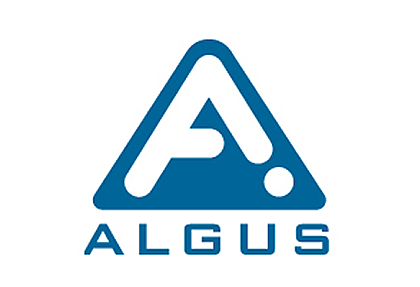The Ultimate Guide to Choosing Eco-Friendly Pet Blister Packaging for Your Business
In recent years, the demand for sustainable packaging solutions has surged across various industries, prompting businesses to rethink their packaging strategies. According to a report by Smithers Pira, the global market for eco-friendly packaging is expected to grow to over $400 billion by 2027. Among these solutions, pet blister packaging has emerged as a popular choice for pet product manufacturers, thanks to its versatility and recyclability. As consumers become more environmentally conscious, brands that prioritize eco-friendly packaging can not only enhance their marketability but also contribute positively to the environment. This guide will walk you through the essential considerations for selecting eco-friendly pet blister packaging, ensuring that your packaging choices align with both consumer preferences and sustainability goals. Making informed decisions in this area will not only improve your brand image but also meet the increasing regulatory requirements for sustainable packaging.
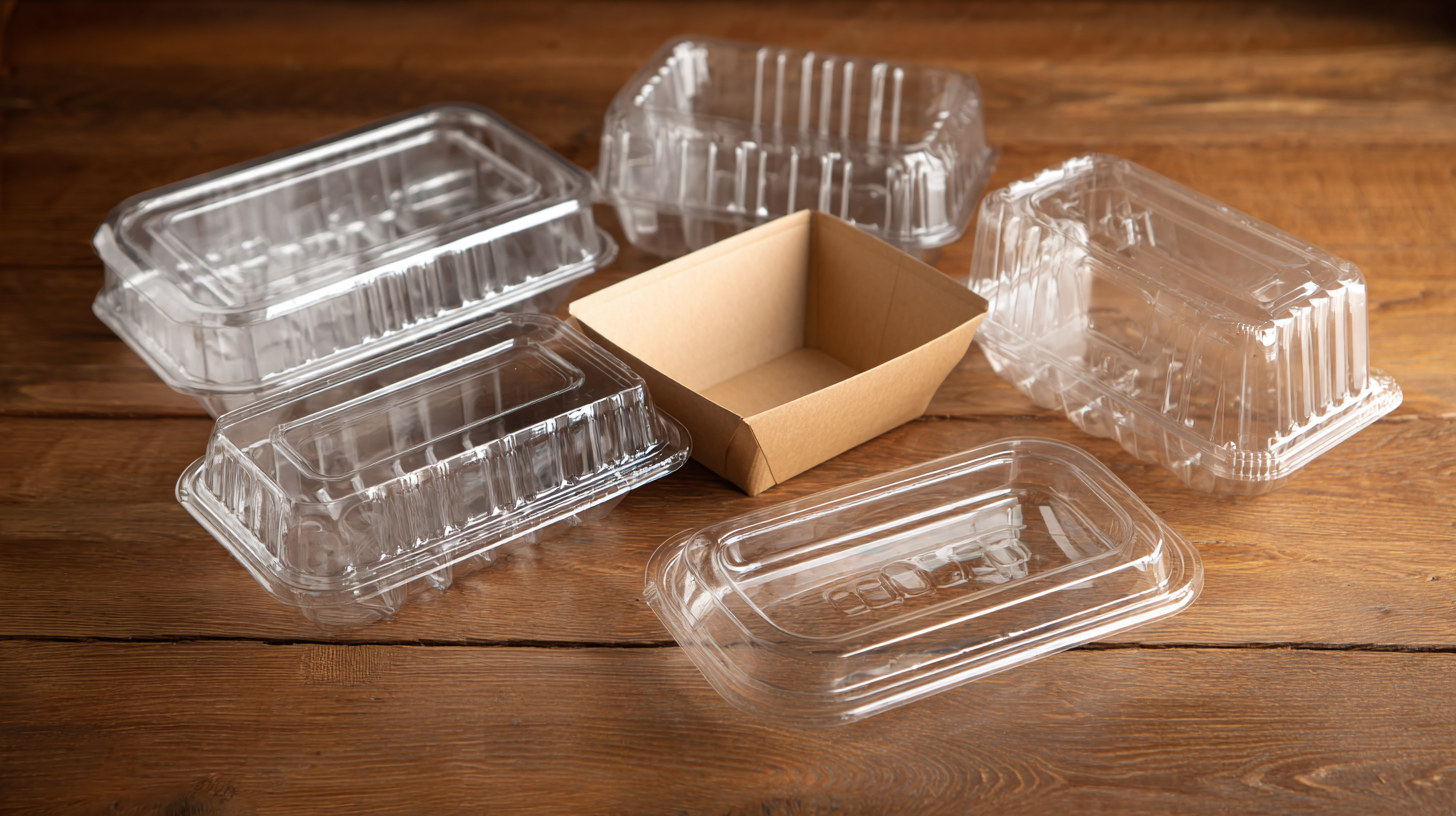
Understanding Eco-Friendly Materials for Pet Blister Packaging
In the evolving landscape of the packaging industry, the emphasis on eco-friendly materials is becoming paramount, especially in the pet blister packaging sector. As highlighted by recent market analyses, the global animal healthcare packaging market is projected to reach USD 5.27 billion by 2033, showcasing a significant demand for sustainable practices. This surge reflects an increasing consumer awareness around environmental issues, prompting companies to adopt greener alternatives in their packaging solutions.
Among the forefront innovations, recyclable PET (polyethylene terephthalate) blister packaging is gaining traction as a viable option. A recent display at PACK EXPO Las Vegas showcased technology that generates PVC-free blister packs from a single material, further aligning with sustainability goals. Additionally, market reports indicate a shift in consumer preferences, with many brands opting for eco-friendly packaging alternatives to reduce their environmental footprint. As seen in various segments, including the pharmaceutical market, sustainability not only enhances brand reputation but also caters to an expanding market anticipated to be worth USD 38.8 billion by 2035, driven by sustainability trends.
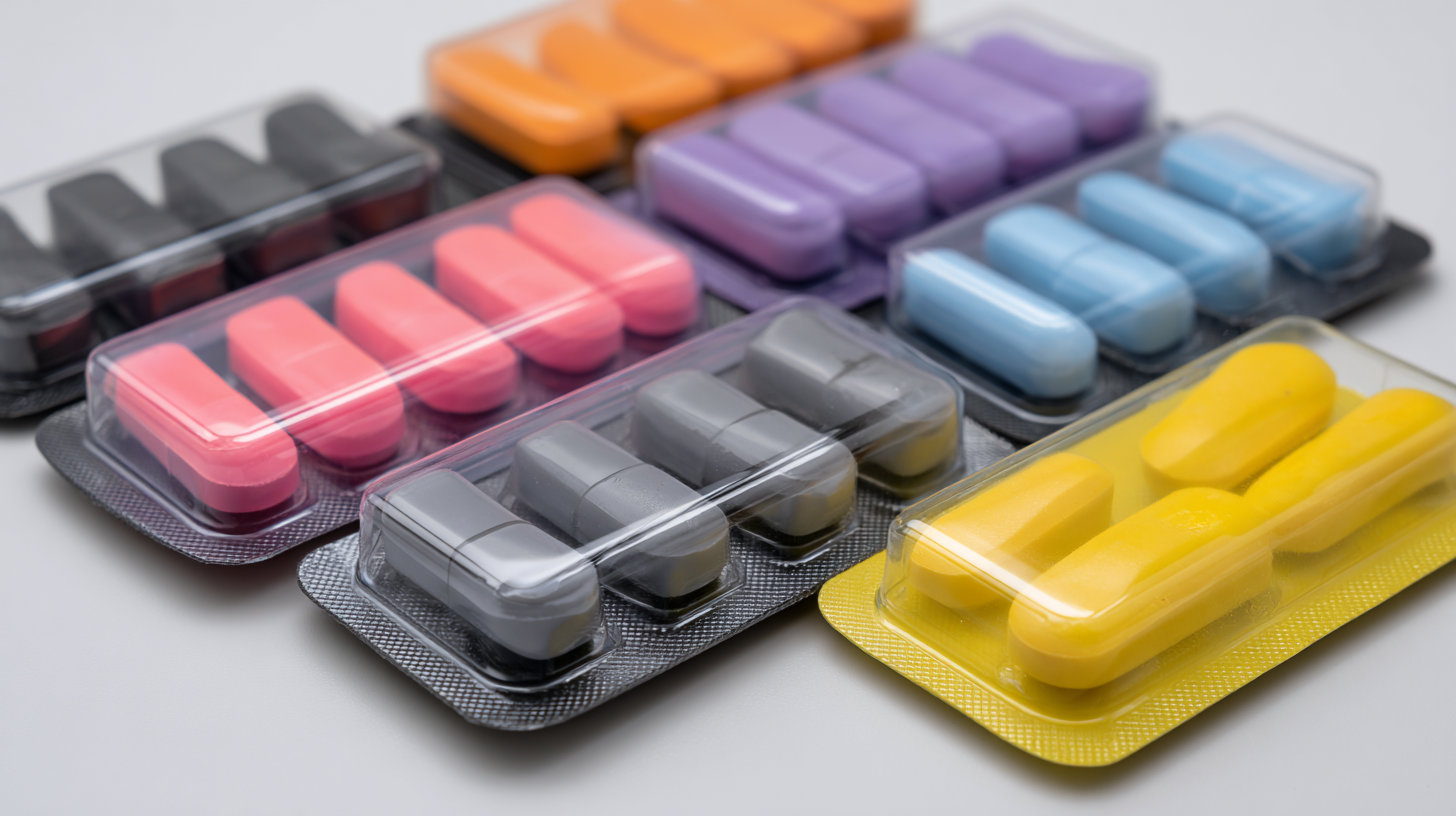
Key Benefits of Using Eco-Friendly Blister Packaging for Pets
When it comes to packaging for pet products, eco-friendly blister packaging offers numerous key benefits that can positively impact both the environment and businesses. According to a report by Grand View Research, the global biodegradable packaging market is expected to reach $500 billion by 2027, illustrating a significant shift towards sustainable practices. Eco-friendly blister packaging is typically made from materials such as recycled PET and biodegradable compounds, which not only reduce landfill waste but also decrease carbon footprints compared to traditional plastic options.
Furthermore, utilizing eco-friendly packaging can enhance a brand's reputation. In a survey by Nielsen, 66% of global consumers indicated a willingness to pay more for sustainable brands. This shift in consumer preference means that businesses adopting eco-friendly blister packaging for their pet products can attract environmentally conscious customers. Additionally, many eco-friendly materials provide better shelf life and product visibility, ultimately improving the shopping experience for pet owners. Therefore, transitioning to sustainable packaging solutions is not just beneficial for the planet; it also contributes to a brand's marketability and customer loyalty in the competitive pet industry.
The Ultimate Guide to Choosing Eco-Friendly Pet Blister Packaging for Your Business - Key Benefits of Using Eco-Friendly Blister Packaging for Pets
| Benefit | Description | Environmental Impact | Cost Efficiency |
|---|---|---|---|
| Reduced Plastic Waste | Using biodegradable materials reduces the amount of plastic waste in landfills. | Significant reduction in plastic pollution. | Lower long-term disposal costs. |
| Sustainable Sourcing | Materials derived from renewable sources promote sustainable supply chains. | Less reliance on fossil fuels. | Potential for lower material costs over time. |
| Consumer Preference | Customers are increasingly favoring brands that prioritize eco-conscious practices. | Encourages responsible consumer behavior. | Increased sales from eco-aware consumers. |
| Enhanced Brand Image | Using eco-friendly packaging can enhance a brand's reputation and differentiate it from competitors. | Promotes a positive image around sustainability. | Higher customer loyalty leads to increased profitability. |
| Regulatory Compliance | Meeting environmental regulations helps avoid fines and could lead to tax benefits. | Contributes to overall environmental goals. | Potential savings from tax credits. |
Top 5 Sustainable Brands Offering Pet Blister Packaging Solutions
As the demand for sustainable packaging solutions grows, several brands are leading the industry by offering innovative eco-friendly pet blister packaging options. Notable among them is the utilization of polyethylene terephthalate (PET), a recyclable material that provides significant advantages in terms of environmental impact. This shift towards PET is not only about improving recyclability but also enhancing the overall usability and functionality of blister packaging across various end-user industries.
In recent developments, brands have introduced designs that prioritize both sustainability and performance. For instance, advancements in machinability and printability ensure that these packaging solutions meet quality regulations while being conducive to efficient manufacturing processes. As demonstrated at industry events, companies are showcasing PET blister packaging systems that reduce reliance on PVC, thus contributing to a more sustainable packaging ecosystem. These innovations signify a crucial step toward integrating greener practices in the packaging industry, fulfilling the increasing consumer demand for environmentally responsible products.
How to Evaluate the Environmental Impact of Packaging Choices
When evaluating the environmental impact of packaging choices, businesses must consider several key factors, including the materials used, their recyclability, and the overall lifecycle of the product. Recent innovations in sustainable packaging demonstrate how companies are prioritizing eco-friendliness while maintaining functionality. For instance, the introduction of non-plastic packaging solutions highlights a shift towards using renewable materials that substantially reduce environmental footprints.
 By adopting packaging that is both biodegradable and efficient, businesses can contribute to sustainability goals and appeal to eco-conscious consumers.
By adopting packaging that is both biodegradable and efficient, businesses can contribute to sustainability goals and appeal to eco-conscious consumers.
Additionally, tools such as lifecycle assessment (LCA) software play a critical role in analyzing the environmental impacts of packaging options. The growing demand for LCA software indicates a robust interest in understanding and minimizing resource use and waste across various industries. By leveraging such analytical tools, businesses can gain insights into how their packaging decisions affect not only their immediate ecological footprint but also their supply chain sustainability. As a result, organizations can make informed decisions that align with broader environmental objectives while improving operational efficiency and reducing costs.
Innovative Trends in Eco-Friendly Pet Packaging for Future Growth
As businesses increasingly prioritize sustainability, the demand for eco-friendly pet packaging has surged. According to a recent report by Grand View Research, the global pet packaging market is projected to reach USD 24.5 billion by 2028, growing at a CAGR of 4.7%. This trend indicates a clear shift towards sustainable practices, especially as consumers become more environmentally conscious. Innovative approaches such as biodegradable materials, reusable containers, and minimalistic designs are becoming top choices for brands aiming to resonate with eco-aware pet owners.
When selecting eco-friendly options, businesses should consider the life cycle of their packaging materials. Tips for adopting sustainable practices include opting for packaging made from recycled PET or bioplastics, which not only reduce environmental impact but also appeal to eco-conscious consumers. Moreover, investing in designs that use less material can further enhance sustainability, potentially decreasing costs while maximizing shelf appeal.
Additionally, incorporating transparent communication strategies regarding your eco-friendly initiatives can be beneficial. As per a Nielsen study, 66% of consumers are willing to pay more for sustainable brands. By showcasing your commitment to innovative, eco-friendly packaging, you not only fulfill consumer demand but also position your brand as a leader in sustainability within the pet industry.
Related Posts
-

Addressing Common Challenges in Blister Pack Packaging: Solutions for Effective Product Protection
-

How to Optimize Blister Tray Packaging for Maximum Product Protection and Cost Efficiency
-

5 Essential Tips to Optimize Your Medical Blister Packaging Strategy
-
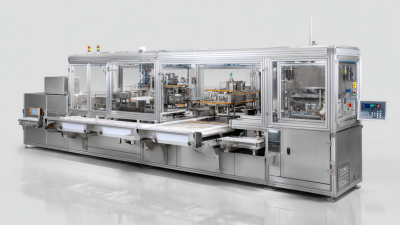
7 Essential Tips to Optimize Your Tray Sealer Packaging Machine Efficiency
-
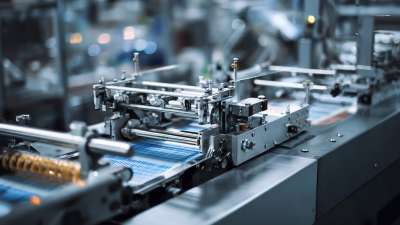
7 Essential Tips for Choosing the Right Food Packaging Machine for Your Business
-
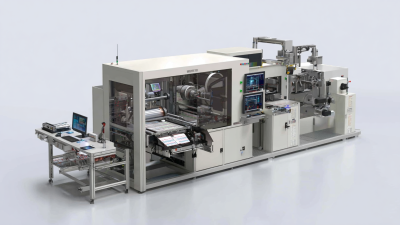
How to Choose the Best Tray Packaging Machine for Your Business Needs
